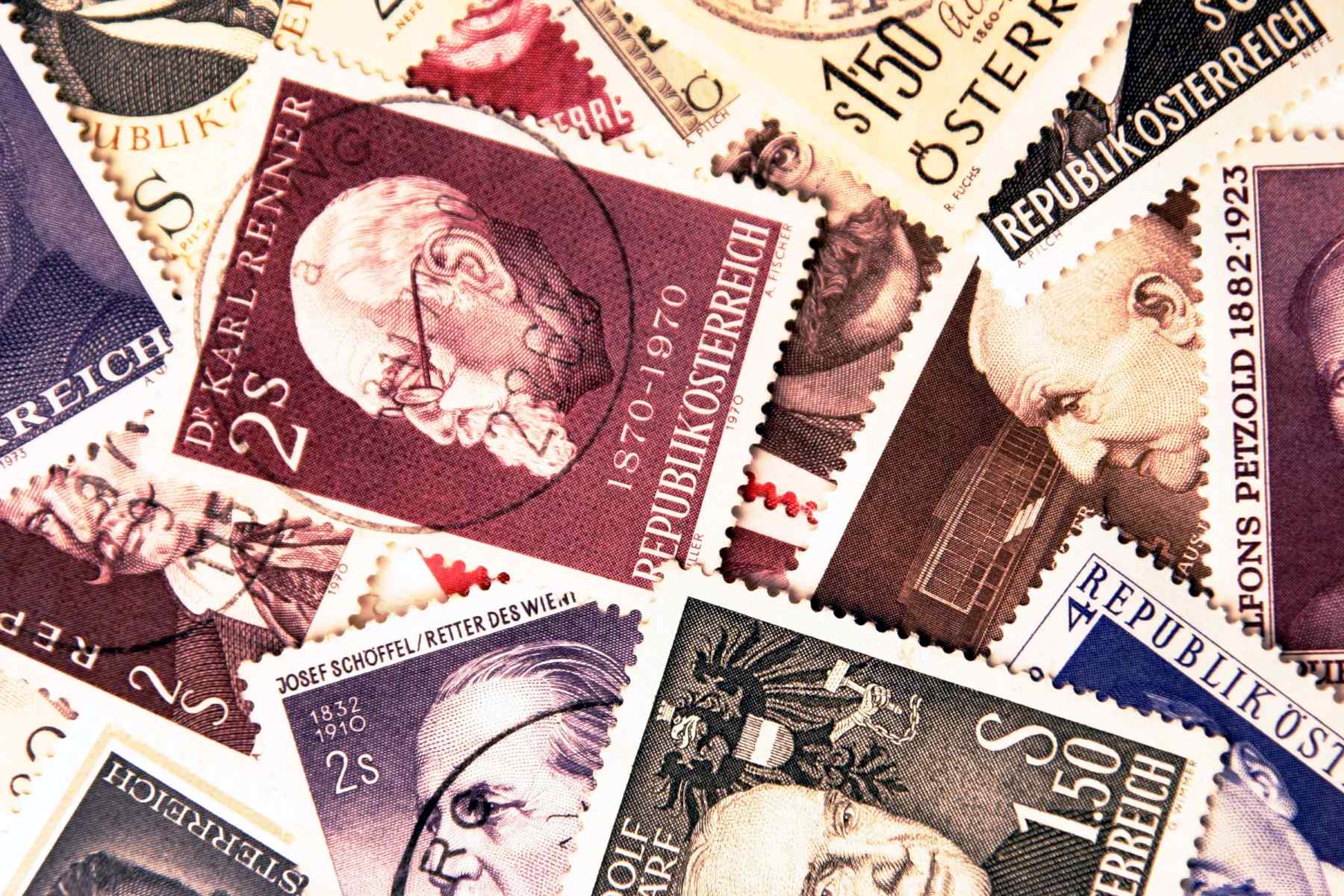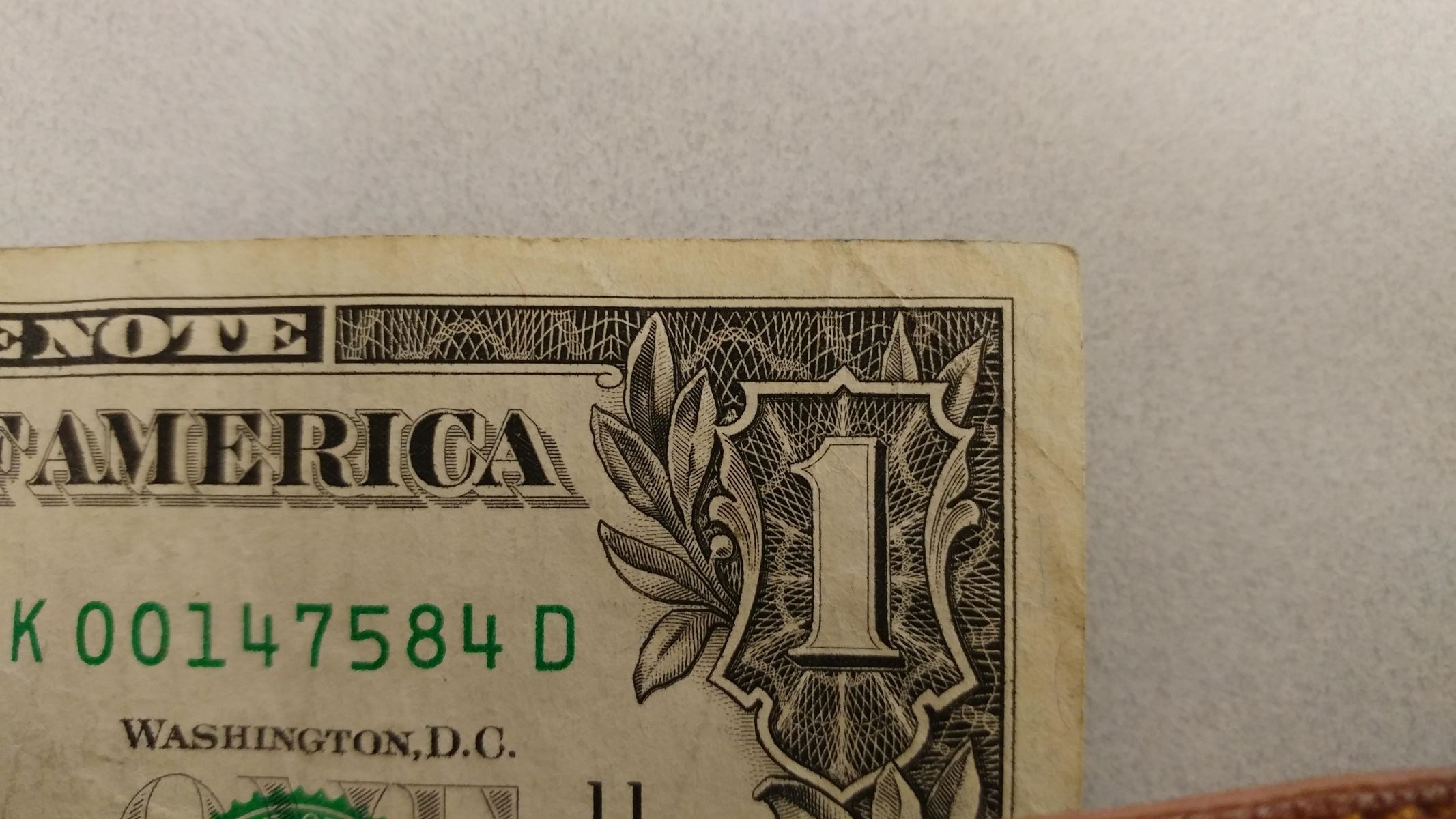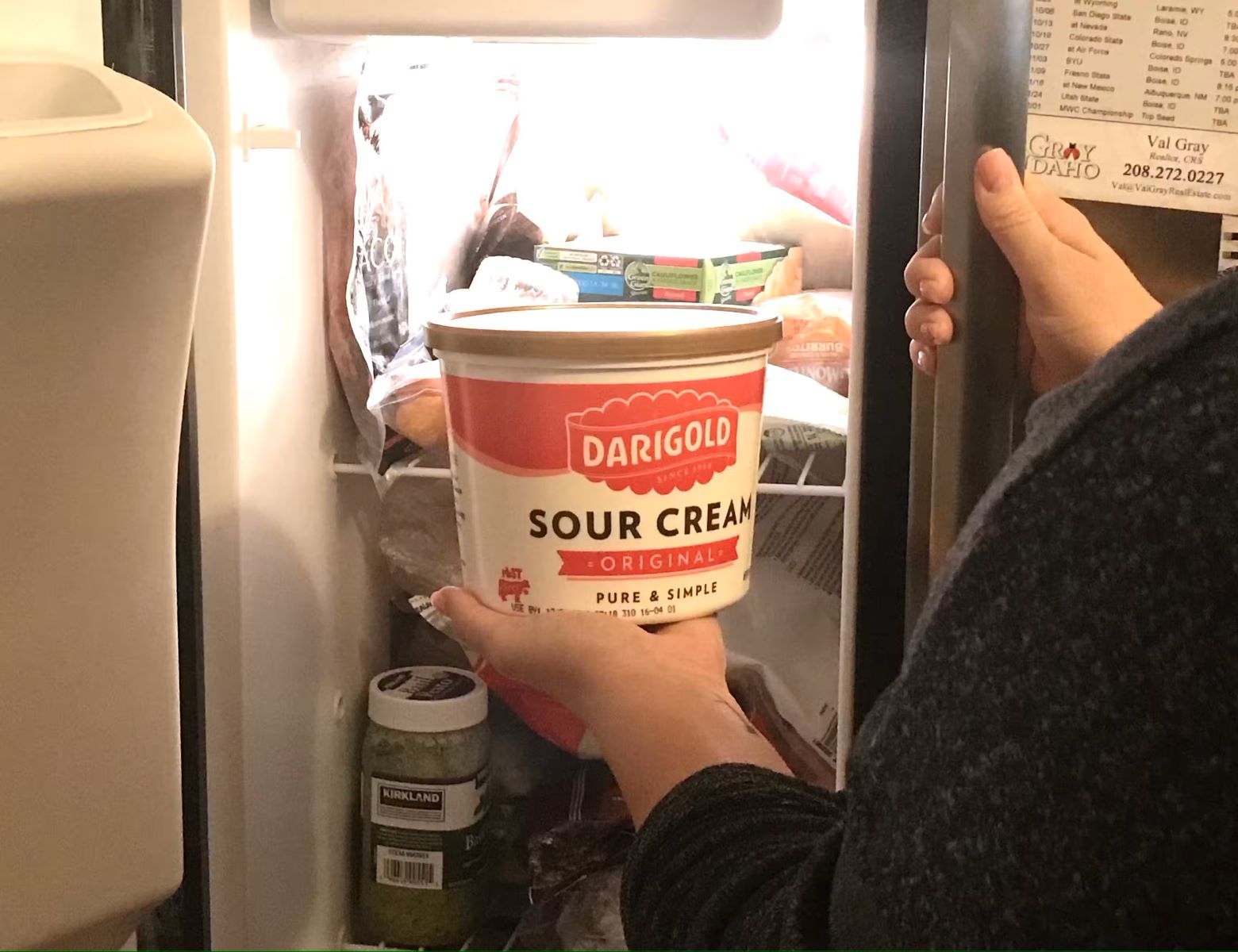Home>Business and Finance>Surprising Truth: Old US Postage Stamps Are Still Valid For Mailing!


Business and Finance
Surprising Truth: Old US Postage Stamps Are Still Valid For Mailing!
Published: January 29, 2024
Discover the surprising truth about old US postage stamps still being valid for mailing. Learn how this can impact your business and finance strategies.
(Many of the links in this article redirect to a specific reviewed product. Your purchase of these products through affiliate links helps to generate commission for Regretless.com, at no extra cost. Learn more)
Table of Contents
Introduction
In today's fast-paced digital age, where emails and instant messaging have become the norm for communication, the use of traditional postage stamps may seem like a relic of the past. However, there's a surprising truth that many people may not be aware of: old US postage stamps, even those from decades ago, are still valid for mailing!
This revelation may come as a shock to some, especially in a society that often embraces the latest technologies and trends. Yet, the enduring validity of old US postage stamps serves as a testament to the rich history and tradition of the United States Postal Service (USPS). It also provides a fascinating glimpse into the evolution of postage and mail delivery over the years.
As we delve into the history of US postage stamps and explore the intricacies of their validity, it becomes evident that these small, adhesive tokens hold more significance than meets the eye. From their humble beginnings to their enduring relevance in the modern era, old US postage stamps have a compelling story to tell. Let's embark on a journey through time and unravel the intriguing tale of these timeless artifacts.
History of US Postage Stamps
The history of US postage stamps is a captivating narrative that intertwines with the development of mail delivery in the United States. It all began in 1847, when the US Postal Service issued its first postage stamps, featuring portraits of Benjamin Franklin and George Washington. These iconic stamps, known as the "Franklin" and "Washington" stamps, marked the inception of a revolutionary method for prepaying postage.
Over the years, the design and production of US postage stamps evolved in tandem with the nation's cultural and historical milestones. From commemorating significant events and honoring prominent figures to showcasing breathtaking landscapes and iconic symbols, postage stamps have served as miniature canvases reflecting the essence of American heritage.
One of the most notable periods in the history of US postage stamps is the introduction of the "Forever" stamp in 2007. Unlike traditional stamps with a fixed denomination, the "Forever" stamp holds perpetual value, allowing it to be used for mailing letters regardless of any future price increases in postage rates. This innovative concept provided convenience for postal customers and eliminated the need to purchase additional stamps due to fluctuating postage costs.
Furthermore, the USPS has continually embraced diversity and inclusivity through its stamp designs, featuring cultural celebrations, notable achievements, and influential personalities from various backgrounds. These commemorative stamps not only celebrate the nation's rich tapestry of cultures but also serve as educational tools, shedding light on pivotal moments in American history and the contributions of diverse communities.
The evolution of US postage stamps mirrors the evolution of the nation itself, encapsulating its triumphs, challenges, and cultural vibrancy. As these tiny, adhesive tokens journey through time, they carry with them the collective memories and narratives of the American people, making them not just postage stamps, but cherished artifacts woven into the fabric of the nation's identity.
Validity of Old US Postage Stamps
The enduring validity of old US postage stamps is a remarkable aspect that often surprises many individuals. Despite the passage of time, these stamps retain their ability to be used for mailing, carrying a timeless value that transcends generations. This unique characteristic is rooted in the concept of postage stamps as legal tender for mail delivery, a principle upheld by the United States Postal Service (USPS).
Old US postage stamps, regardless of their age or issuance date, hold intrinsic value equivalent to the current price of a standard First-Class postage stamp. This means that a vintage stamp from several decades ago can be affixed to a letter or parcel and serve as valid postage for its intended delivery. The USPS recognizes the enduring worth of these stamps, honoring them as legitimate means of prepaying postage.
The validity of old US postage stamps extends to various denominations, designs, and editions, encompassing a diverse array of historical and commemorative issues. Whether adorned with iconic figures, national landmarks, or cultural symbols, these stamps maintain their validity, embodying a tangible connection to the past while retaining practical utility in the present day.
Furthermore, the concept of perpetual validity introduced with the issuance of "Forever" stamps further reinforces the enduring nature of old postage stamps. The "Forever" stamp, designed to accommodate future postage rate increases, exemplifies the USPS's commitment to ensuring that postage stamps, both old and new, remain functional and relevant for mailers across the country.
The significance of old US postage stamps lies not only in their ability to facilitate mail delivery but also in their role as historical artifacts that encapsulate the cultural and artistic heritage of the nation. Each stamp tells a story, reflecting the era of its issuance, the events it commemorates, and the values it represents. As such, the validity of these stamps transcends mere functionality, serving as tangible links to the past and windows into the collective memory of the American people.
In essence, the validity of old US postage stamps underscores the enduring legacy of the postal system and its enduring impact on communication and connectivity. These humble yet resilient tokens continue to traverse time, bridging the past and present while enriching the experience of sending and receiving mail with a touch of nostalgia and historical significance.
How to Use Old US Postage Stamps for Mailing
Using old US postage stamps for mailing is a straightforward process that allows individuals to leverage the enduring value of these historical artifacts for their postage needs. Whether you stumble upon a cache of vintage stamps or inherit a collection from a relative, incorporating them into your mailings can add a touch of nostalgia and historical resonance to your correspondence. Here's a step-by-step guide on how to effectively utilize old US postage stamps for mailing:
1. Assess the Stamp's Denomination:
Before affixing an old US postage stamp to your mail, it's essential to ascertain its denomination, which indicates the monetary value it represents. While some stamps may feature a clearly printed denomination, others might require research to determine their worth. Utilizing online resources or consulting philatelic experts can aid in identifying the precise value of vintage stamps.
Read more: Surprising Discovery: Year-Old Marshmallows Found In Pantry – Are They Still Safe To Eat?
2. Determine the Postage Rate:
Once you have determined the denomination of the old postage stamp, cross-reference it with the current postage rate for the specific class of mail you intend to send. The USPS website provides comprehensive information on postage rates for various mail categories, ensuring that you accurately calculate the required postage for your mailing needs.
3. Affix the Stamp to Your Mail:
After confirming the postage rate and the value of the old postage stamp, affix the stamp securely to the envelope or package in the designated postage area. Ensure that the stamp is affixed neatly and securely to prevent any mishandling during mail processing.
4. Supplement with Additional Postage (if necessary):
In some instances, the value of the old postage stamp may not fully cover the required postage for your mail item. If this occurs, you can complement the vintage stamp with additional postage in the form of newer stamps or USPS-approved postage labels to meet the necessary postage value.
5. Send Your Mail with Confidence:
Once you have affixed the old US postage stamp and any supplementary postage, your mail is ready for sending. Drop it off at your nearest post office or utilize USPS collection boxes, knowing that your vintage stamp has seamlessly integrated into the contemporary mailing process.
By following these steps, you can effectively harness the enduring validity of old US postage stamps, infusing your mailings with a sense of historical charm and cultural significance while navigating the modern postal landscape with ease. Whether it's a personal letter, a greeting card, or a package, the utilization of vintage stamps adds a unique touch to your mailings, bridging the past and present in a tangible and meaningful way.
Conclusion
In conclusion, the enduring validity of old US postage stamps serves as a testament to the rich historical tapestry of the United States Postal Service and the timeless significance of mail delivery in American culture. These small, adhesive tokens, adorned with intricate designs and historical narratives, encapsulate the spirit of communication and connectivity that transcends generations. From the inaugural issuance of postage stamps in 1847 to the introduction of the innovative "Forever" stamp, the evolution of US postage stamps mirrors the evolution of the nation itself, reflecting its triumphs, diversity, and cultural vibrancy.
The surprising truth that old US postage stamps remain valid for mailing unveils a captivating dimension of the postal system, intertwining the past with the present in a seamless continuum. It underscores the enduring relevance of historical artifacts in contemporary contexts, offering a bridge between nostalgia and practical utility. The ability to utilize vintage stamps for mailings not only adds a touch of historical charm to correspondence but also honors the legacy of the postal service and the enduring value of communication in society.
Furthermore, the perpetuity of old US postage stamps as valid means of prepaying postage underscores the USPS's commitment to facilitating mail delivery while preserving the cultural and historical heritage embodied in these stamps. As such, they serve as tangible conduits of the nation's collective memory, carrying within them the narratives of bygone eras, significant events, and influential figures.
In a world where digital communication often takes precedence, the act of using old US postage stamps for mailing becomes a poignant homage to tradition and a celebration of the enduring legacy of the postal service. It invites individuals to embrace the tangible artifacts of history and infuse their mailings with a sense of historical resonance, fostering a deeper appreciation for the cultural significance embedded in these vintage stamps.
Ultimately, the surprising truth about the continued validity of old US postage stamps for mailing invites us to view these humble tokens not just as postage but as cherished artifacts that weave together the threads of American history, culture, and communication. Their enduring relevance transcends mere functionality, serving as enduring emblems of the nation's past, present, and the timeless art of connecting through the written word.













